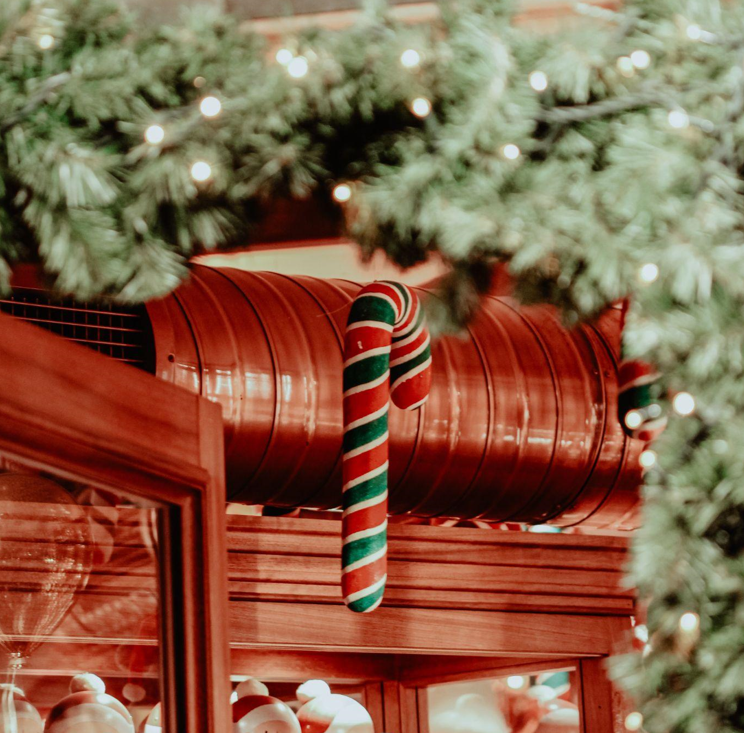
The Ultimate Showdown: Real vs. Artificial Christmas Trees
The Pros and Cons of Real Christmas Trees
There’s something special about the smell of a real Christmas tree in your home during the holiday season. However, there are also some downsides when deciding between a natural and artificial tree.
The Pros:
1. Eco-friendly
One of the most significant advantages of a real Christmas tree is its eco-friendliness. These trees absorb carbon dioxide and other pollutants during their growth cycle, making them a sustainable choice. Additionally, after the holiday season, they can be recycled or composted, which reduces their environmental impact.
2. Aesthetic Appeal
Another benefit is the natural beauty of a real Christmas tree. The unique shape, texture, and scent make it a beautiful and festive addition to any home during the holiday season. It also provides an opportunity to support local tree farms, benefiting the environment and the local economy.
The Cons:
1. Cost
Real Christmas trees can be expensive, depending on the type and size you select. They also require a stand and regular watering to maintain their freshness, which adds to the overall cost.
2. Maintenance
Real trees require maintenance to keep them looking beautiful throughout the holiday season. This includes regular watering, monitoring for dryness, and disposing of needles that inevitably fall off. Real trees must also be disposed of properly after the holiday season to prevent fire hazards and reduce waste.
The Pros and Cons of Artificial Christmas Trees
Artificial Christmas trees have come a long way in recent years; many resemble real trees. However, there are still some pros and cons to consider before deciding.
The Pros:
1. Cost-effective
Artificial trees are a more cost-effective option than real trees. They can be used year after year, and you don’t have to worry about purchasing a new tree each holiday season.
2. Convenience
Another benefit of artificial trees is their convenience. They don’t require much maintenance, and you don’t have to worry about watering them. You can also select the size and shape you want without worrying about availability or disposal.
The Cons:
1. Non-environmentally friendly
One of the most significant downsides of artificial trees is their non-environmentally friendly nature. They’re made of plastic and other non-biodegradable materials, and they contribute to environmental pollution since they’re often disposed of in landfills after use.
2. Aesthetically Pleasing
Artificial trees don’t have the unique scent or texture of real trees, which can be a drawback for those who prefer the natural beauty of a real Christmas tree.
In conclusion, there are pros and cons to both natural and artificial Christmas trees. The decision ultimately concerns personal preferences, budget, and environmental concerns. Regardless of your choice, the most essential part of the holiday season is spending time with loved ones and creating cherished memories.




